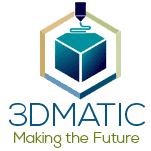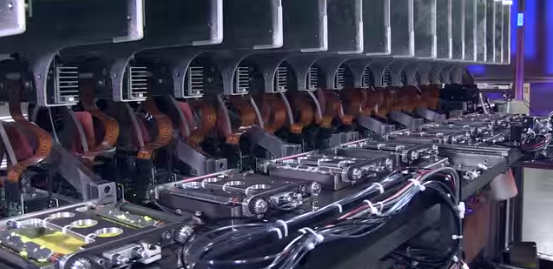On the 2nd of May, the first 3D printed gun was developed and tested by Cody Wilson and while others focused on the more negative aspect of this milestone event, such as: the possibility of questionable characters developing actual weapons from the comfort of their homes and how it affects gun control policies, the CAD community welcomed this development as a land mark event.

The ramifications that momentous event had on the CAD community and the manufacturing industry was not lost to the public because for the first time, 3D printers had been used to develop a complex machine which had different components working together to make a system. And as more organizations begin to invest in additive manufacturing—as 3D printing is sometimes called—the possibilities becomes endless.
The Benefits of 3D Printing to the Manufacturing Industry
Many industrial fields are already incorporating the use of 3D printing technology into their manufacturing processes, and from retail to engineering and defence, 3D printing is set to be the next revolutionary stage for manufacturing in these industries. But what are the actual benefits?
- Accelerated Production: The classical method of first drawing out a design plan, developing a product component-by-component and assembling them together no longer cuts it in today’s fast-paced world of mass production, which is due to the cumbersome and slow process explained earlier. However, with the introduction of 3D printing, the time taken to manufacture a product has now been cut down to mere hours. Comparing the classical development stage—from prototype to production— to the development stages involved with 3D printing is synonymous with comparing the speed of a modern car to that of a medieval stagecoach.
- Reduced Wastage: Combining CAD software tools and 3D printing can eliminate the amount of wastage that industries usually incur due to false starts and factory mishaps. 3D printing eliminates this waste by approximately 60% because of the additive manufacturing process involved with developing products.
- Enhanced Quality: The additive manufacturing technique involves developing one component at a time according to parameters that have been keyed into the 3D printer. This process gives the manufacturer total control over every aspect of the design phase, thereby enhancing the overall precision of the developed product.
- Affordable Manufacturing Process: Although the cost of mass producing some certain products using traditional methods may be less than that of utilizing 3D printers, the manufacture of more complex items can be done quicker and more affordably by 3D printing. Also, individuals who have certain ideas they would like developed, can easily print them without having to go through the process of employing different professionals to develop different components.

